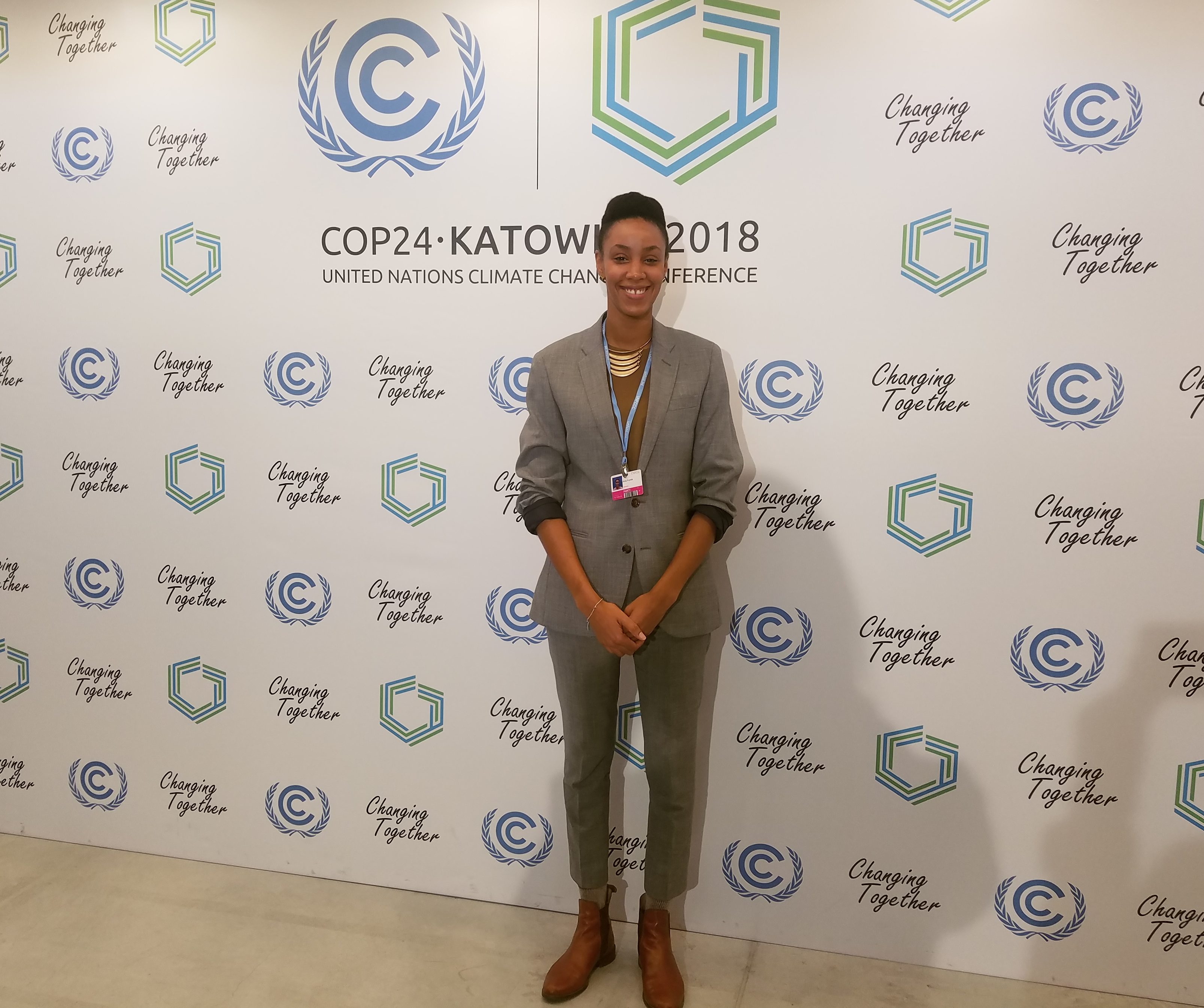By Michael Babakitis, Legal Intern
An eight-year study conducted by a team of international scientists has identified a potential new weapon in the ongoing battle against climate change. The scientists determined that, by adding iron to the ocean, they could induce a massive algal bloom. This algal bloom then proceeds to suck up CO2 from the atmosphere. After dumping 14 tons of ferrous sulfate into a 40-mile wide eddy (a swirling column of self-enclosed water that excludes surrounding ocean currents), the scientists observed that the algal bloom extended as far as 100 meters (328 feet) below the ocean’s surface.
The algae quickly died, and more than 50 percent of it sank below 1,000 meters. The scientists believe that, at that depth, the algae’s carbon content could probably be stored in seafloor sediments and deep-water columns for centuries. They also believe that these results would be the same in any part of the ocean with high levels of silica, which allow the diatoms that constituted this algal bloom to form.
However, this avenue is highly controversial and, if it is to be pursued, still must be researched more thoroughly. It is not yet clear if the carbon footprint required to produce and deliver nutrients such as iron into the ocean would be so large as to offset any benefits gained from this sort of geoengineering. Furthermore, there are concerns that iron fertilization might stimulate toxic algae blooms, cause the production of nitrous oxide (a more potent greenhouse gas than carbon dioxide), or suck the oxygen out of the water as algae decompose. The phytoplankton affected by this technique also form the base of the marine food web, and drastic changes to this plankton could have significant downstream effects on the ocean’s ecology.
There are also questions about how iron fertilization would interact with legal regimes around the world. Since this dumping would occur on the high seas, the water would not be subject to any individual country’s jurisdiction. Instead, it would most likely be regulated under the London Protocol and London Convention, international treaties regarding ocean dumping. It is possible that those treaties’ member countries could decide fertilization contravenes the treaties’ goals.
The financial viability of this method would probably depend on its ability to get carbon credits under cap-and-trade systems such as the Kyoto Protocol and the EU Emission Trading System. They do not now recognize any kinds of geoengineering methods. Any attempt to incorporate these methods into such systems would no doubt spark fierce debate, first about whether geoengineering has any place in the international trading schemes and, if so, about the accounting methods to determine how much credit should be granted.
Despite these concerns, the ocean’s capacity for carbon sequestration could help mitigate a small percentage of the world’s carbon dioxide emissions, and iron fertilization could eventually develop into one useful technique in a broader portfolio for alleviating climate change.
For more information, see:
- https://green.blogs.nytimes.com/2012/07/19/a-way-to-trap-carbon-deep-in-the-ocean/?ref=globalwarming
- https://www.whoi.edu/oceanus/viewArticle.do?id=34167
- https://news.discovery.com/earth/largest-iron-fertilization-test-blooms-criticism-120719.html
- https://www.cbsnews.com/8301-205_162-57475649/fertilizing-iron-in-oceans-could-trap-carbon-dioxide/
- https://rsta.royalsocietypublishing.org/content/366/1882/3919.long



